The functionality you need is "is the voltage above or below a threshold? If so, pull the output up or down very rapidly".
That's the functional description of a comparator. No matter what you'll build, it will have the functionality of a comparator.
without the use of any comparator
You can tell yourself you didn't use a comparator if you build it yourself. You could also buy and use a comparator, close your eyes and very loudly say "this is not a comparator"!
(by the way, the comparators in this use case will be called "non-inverting buffer", typically, if this wave is some logic-typical level)
using simple discrete components circuit (such as transistor or resistor )
You would build a comparator out of transistors. That's not easier than using a comparator IC; and harder to make high-speed. Doing high-speed things in discrete components is harder, because suddenly your leads and board design become part of your circuit.
But…
800 kHz is not very fast. Looking at your scope output, it looks like the rise time is around 20 ns – which is pretty good, already! I'll need to think very hard to find an application where you need faster rise times at these frequencies, really. (And an application where the jitter of the wave is allowed to get worse, based on building discrete circuitry to make it steeper)
Also, look at the ripples at the edges: they are about half as wide as your rise time.
What you think is a slowly rising edge probably is much faster, it's just that your measurement setup has inherent low-pass behaviour: Your old CRT oscilloscope possibly doesn't have > 10 MHz bandwidth, you're driving it through band-limiting and loading cables … hence the ringing.
So, before optimizing anything, make sure you can actually see your edge properly. Then, figure out which edge steepness you actually need, because:
most op-amps and comparator will have these transient time which I try to reduce it so that it would look like perfect square wave
… already tells us that you're not winning anything if these edges were steeper than they are.

